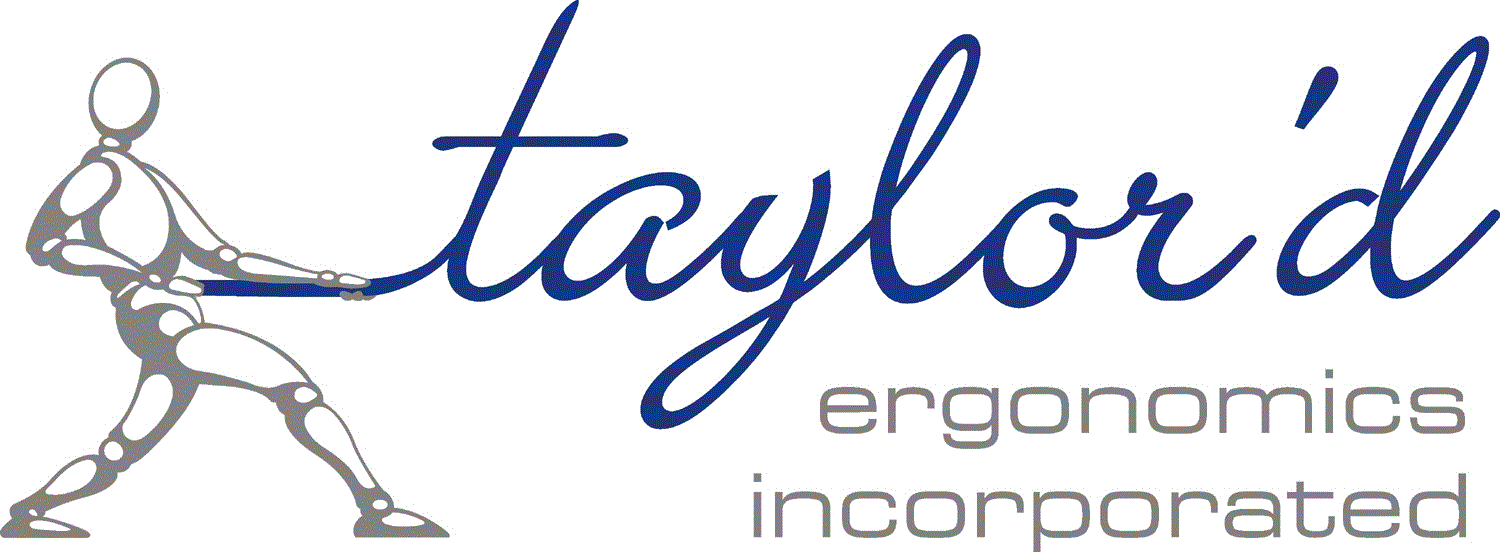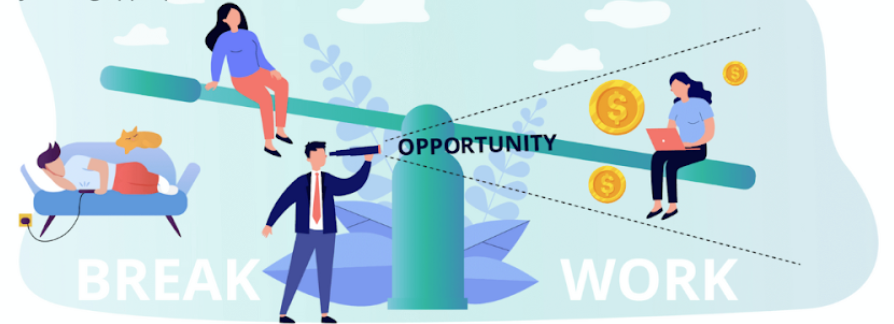Guest article by Dr. Lisa Ramsackal, Chiropractor, Acupuncturist | INNOVA Integrated Wellness Centre
As a chiropractor with years of experience treating patients, I see firsthand how musculoskeletal disorders (MSDs) can quietly undermine employee health, performance, and quality of life. Whether it’s chronic neck tension, lower back pain, or repetitive strain injuries in the wrists and shoulders, these conditions are common among office workers—and often preventable.
MSDs refer to injuries or disorders affecting the muscles, nerves, tendons, ligaments, joints, or spinal discs. These conditions often develop gradually due to poor posture, repetitive movements, static loading (e.g., prolonged sitting or standing), and inadequate recovery time during the workday.
Common risk factors for MSDs:
- Prolonged sitting or standing without movement
- Repetitive tasks (e.g., typing, mouse use)
- Poorly designed workstations
- Stress and fatigue
- Lack of physical activity
Signs and symptoms may include:
- Dull or sharp aches in the back, neck, shoulders, or extremities
- Tingling, numbness, or weakness
- Reduced range of motion or flexibility
- Increased discomfort as the workday progresses
If symptoms persist beyond a few days, interfere with daily activities, or worsen over time, it’s important to seek professional care. Early treatment—whether through chiropractic adjustments, physical therapy, ergonomics interventions, or massage therapy—can prevent long-term damage and restore function.
Musculoskeletal disorders (MSDs) are one of the leading causes of discomfort, absenteeism, and reduced productivity in modern workplaces, especially in sedentary environments like offices. While ergonomic equipment and proper workstation setup are crucial, an often-overlooked factor in preventing MSDs is the strategic use of breaks.
Why Breaks Matter – Even with a perfect setup
You can have the most advanced ergonomic chair and desk, but if you sit in one position for too long, you’re still at risk for discomfort and injury. Research shows a direct connection between prolonged static postures and increased reports of physical discomfort, particularly in jobs involving extensive screen time and data entry.
In fact, surprisingly, office workers usually report more physical discomfort when compared to those in physically active roles. This is largely due to the static, repetitive nature of most desk work1.
The Cost of Inaction
- Increased reports of neck, shoulder, back, and wrist pain
- Decreased productivity and engagement
- Higher workers’ compensation claims and related costs
- Long-term health consequences for employees
The Break-Taking Strategy That Works
So, how do we counteract the risks? Incorporate regular and intentional micro-break-taking strategies. These not only improve comfort and health but also boost productivity by up to 10%.
Here’s how to do it:
✅ Microbreaks and Movement
- Take very short breaks or pauses every 20–30 minutes
- Follow the 20/20/20 rule: every 20 minutes, look at something 20 feet away for 20 seconds
- Use these moments to change your posture, stand up, walk around, or stretch
✅ Change Your Position
- At a seated desk? Stand up or go for a quick walk
- Using a standing desk? Switch to sitting for a few minutes or take a walk
- Alternate between tasks that use different muscle groups
✅ Rethink Daily Habits
- Use a headset and stand during phone calls, especially if the call doesn’t require your computer
- Plan walking meetings or include “standing breaks” during team discussions
- Choose stairs over elevators when possible
✅ Make It a Routine
- Use software or apps to schedule reminders for breaks
- Encourage team-wide participation to promote a culture of health
- Consider training programs for workplace stretching techniques (Like this package from Taylor’d Ergo!)
For Employers: Small changes, big impact
Investing in a break-friendly culture is not only beneficial to your employees’ well-being—it also improves your bottom line. When workers feel physically better, they perform better, miss fewer days, and are more engaged.
For Employees: Take control of your comfort
Don’t wait until pain shows up. Proactively using strategic breaks will help you feel better at work, both physically and mentally, and decrease the risk of injury.
Let’s move toward a healthier workplace together
Integrating smart break strategies and posture variability into the workday is one of the most effective, low-cost ways to prevent musculoskeletal disorders. Whether you’re an employee or an employer, the time to act is now—for your comfort, your health, and your productivity.
👥 We’re Here to Help – Contact Us Today
At INNOVA Integrated Wellness Centre, our team of chiropractors, physiotherapists, massage therapists, and wellness experts specializes in preventing and managing musculoskeletal disorders through ergonomic consultation, individualized care, and workplace wellness strategies.
Whether you’re currently experiencing discomfort or looking to enhance your team’s health, we’re here to support you.
INNOVA Integrated Wellness Centre
📍 8-49 Queen St. S, Mississauga, ON, L5M 1K5
📞 Call us at 905-814-9355
🌐 Visit www.innovaintegratedwellness.ca
📧 Email: contact@innovaintegratedwellness.ca
Invest in your health. Empower your team. Experience the Innova difference.
📚 Source: Davis, K. & Kotowski, S. (2014). Postural variability: an effective way to reduce musculoskeletal discomfort in office work. Human Factors, 56(7): 1249–1261.


